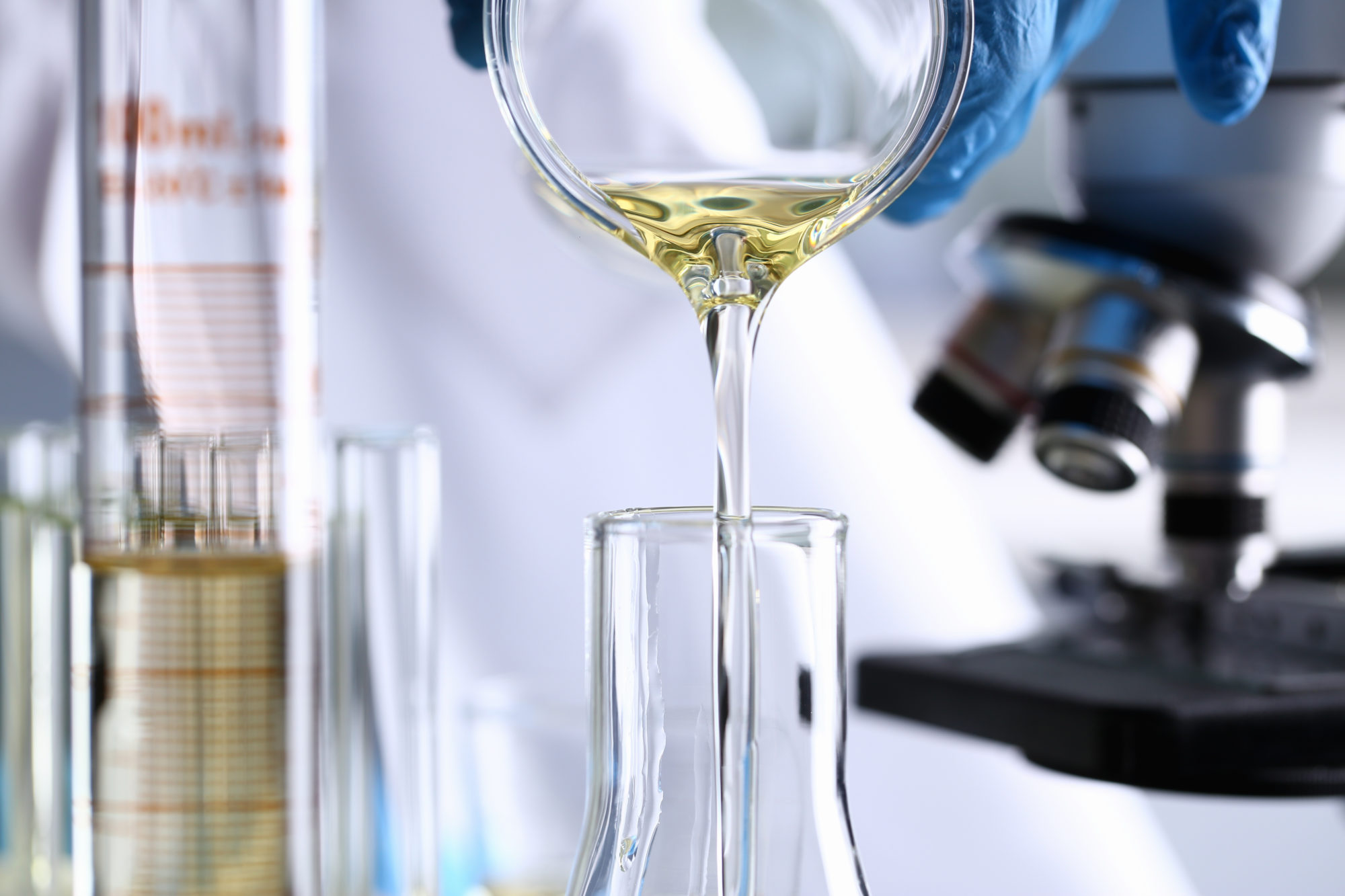What is REACH?
Reach is the new regulation of the European Union (EU) for the Registration, Evaluation, Authorisation and Restriction of Chemicals. It entered into force on 1st June 2007 with the aim of streamlining and improving the previous legislative frame- work on chemicals of the European Union. REACH places greater responsibility on industry to develop information on and manage the risks that chemicals may pose to human health and the environment.
Key Components
REACH has five main components: Pre-registration, Registration, Evaluation, Authorisation, and Restriction.

Pre-registration
Manufacturers and importers must pre-register substances that
are already on the EU market between 1 June 2008 to 1 December 2008 to be able to continue manufacturing or importing them after 1st December 2008. Pre-registration is also used by the European Chemicals Agency (ECHA) to put companies registering the same (or toxicologically similar) substances in touch with each other
to enable the sharing of data. Companies registering the same substances will be forced to form substance information exchange forums (SIEF’s) where they will share the data (this sharing is mandatory for animal testing) and work together to ascertain
the hazards and risks of a substance.
Registration
REACH requires manufacturers and importers of chemical substances (≥1 tonne/year) to obtain information on the physicochemical, toxicological and environmental toxicology
of their substances, and use it to determine how these substances can be used safely. Each manufacturer and importer must submit a registration dossier showing this information and providing guidance for the safe use of the substance in each of its intended uses.
Evaluation
The ECHA will perform evaluations both to check that the registration dossiers submitted by industry are complete and to provide guidance on what further tests should be conducted to ensure that there is a robust data set available for the substance in question. One of the aims of REACH is to reduce the level of animal testing carried out, and it will be up to ECHA and industry between them to minimise such testing.
Authorisation
Authorisation will be required for substances of very high concern (SVHC) to human health and the environment such as Carcinogens, Mutagens or Reproductive Toxins; and Persistent, Bioaccumulative and Toxic substances. Companies applying for authorisation will have to demonstrate that risks associated with uses of these substances are adequately controlled, or that the socioeconomic benefits from their use outweigh the risks. Applicants will also have to investigate the possibility of substituting these substances with safer alternatives or technologies, and prepare substitution plans, if appropriate. REACH aims to progressively replace these substances of very high concern with substances that pose less risk to human health and the environment.

Restriction
The EU can impose restrictions and prohibit or set conditions for the manufacture, placing on the market, or use of certain dangerous substances or group of substances when unacceptable risks to humans or the environment have been identified.
Rodanco complies with the REACH chemical risk regulations set by the EU in 2007 and is ISO 9001 certified.
If you have more questions related to this subject, please contact us via reach@rodanco.nl